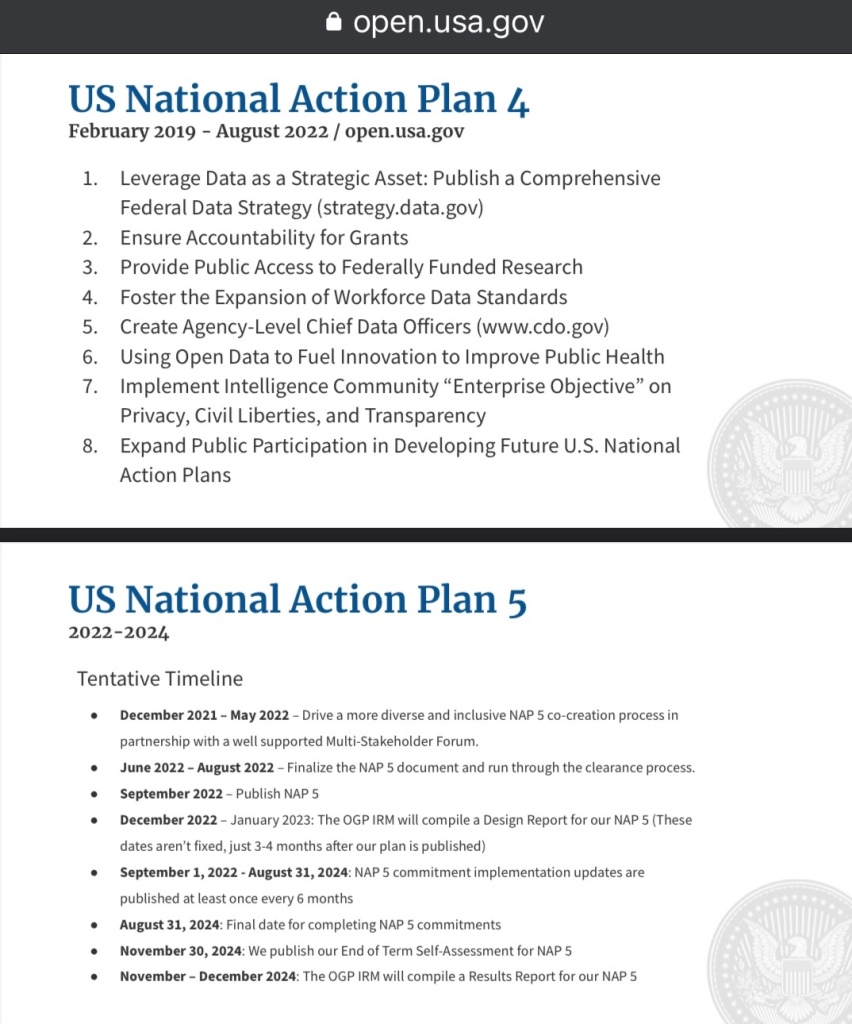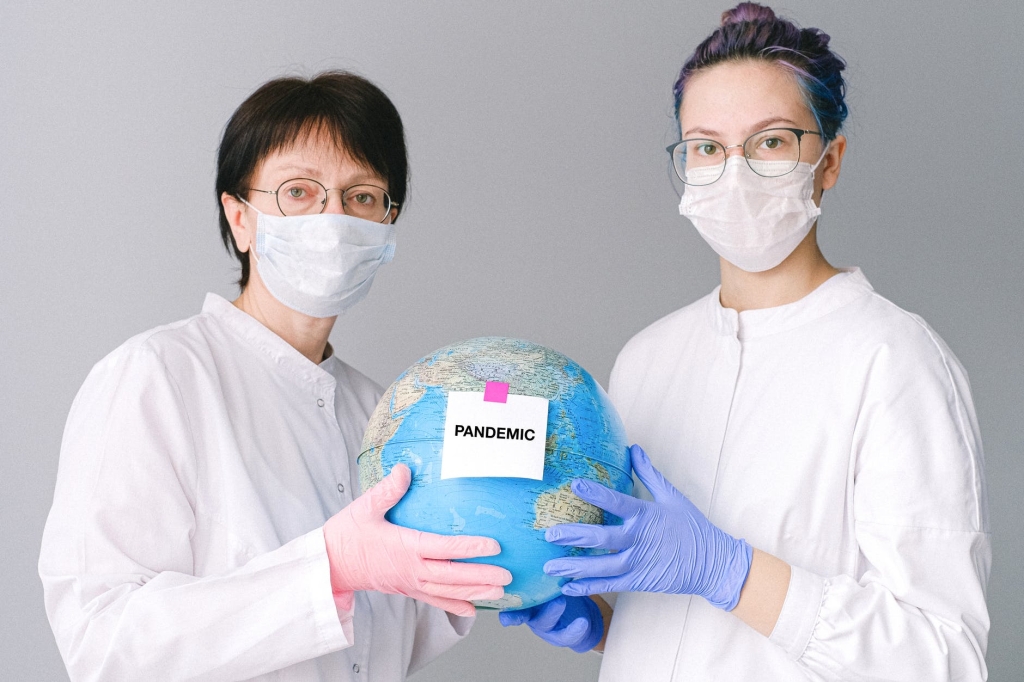Last week, I wrote to the White House. The following is the email I sent to Press Secretary Jen Psaki and White House officials. I have received no comment or statement from the President in reply to date.
Thank you all for your assistance a year ago — and your service in the historic year since. US leadership on freedom of information, public access to information, open government data, and press freedom is irreplaceable, at home and globally.
Many actions taken since I first wrote you have shown the president‘s commitment to transparency in word and deed, most notely in declassify and disclosing facts regarding Russia’s intent to invade Ukraine, but also on wh.gov/disclosures.
I checked the wh.gov briefing page, but haven’t found a statement or release from the president, vice president, or any the administration’s open government champions yet about Sunshine Week.
I didn’t find anything on OpenGovWeek in May either, or how the White House will be meeting its commitment to engage all Americans in co-creating the fifth national action plan for open government.

Please let me know if I’ve missed statements or briefing or fax sheets that should be added to the public record of agency statements and participation by the end of Sunshine Week.
Attorney General Merrick Garland‘s new FOIA memorandum, setting the default to a presumption is openness, is welcome. The Justice Department’s improvements to foia.gov are genuine achievements, too, but there’s so much more that needs to be fixed that has been broken over the last four years — or that was at issue before, from overclassification to archaic technology.
As you know, President Barack Obama and (then) Vice President Biden championed open government, FOIA, and the public’s right to know on Sunshine Week for many years: https://search.archives.gov/search?query=Sunshine+week&op=Search&affiliate=obamawhitehouse
They catalyzed a worldwide movement towards 21st century democracy, collaborating with Tim Berners-Lee & the UK government & democracies everywhere, leading by example by digitizing & publishing public information online in open formats — work that continues to this day — and co-founding the Open Government Partnership.
But for four years, that leadership was absent.
In December 2021, President Biden called on all nations — including our own — to “stand with those in civil society and courageous citizens around the world who are demanding transparency of their governments” & “work together to hold governments accountable for the people they serve.”
I hope the administration will now reify transparency, accountability, civic participation, & collaboration as pillars of 21st democracy.
At stake is rebuilding broken public trust in government, & with it the question of how long our government of, by, and for the people will endure.
As always, thank you for your service, help, & dedication to getting trustworthy information out to the public, press, & our allies around the world: it has mattered.











 I shared the piece I wrote for Medium about the
I shared the piece I wrote for Medium about the 



